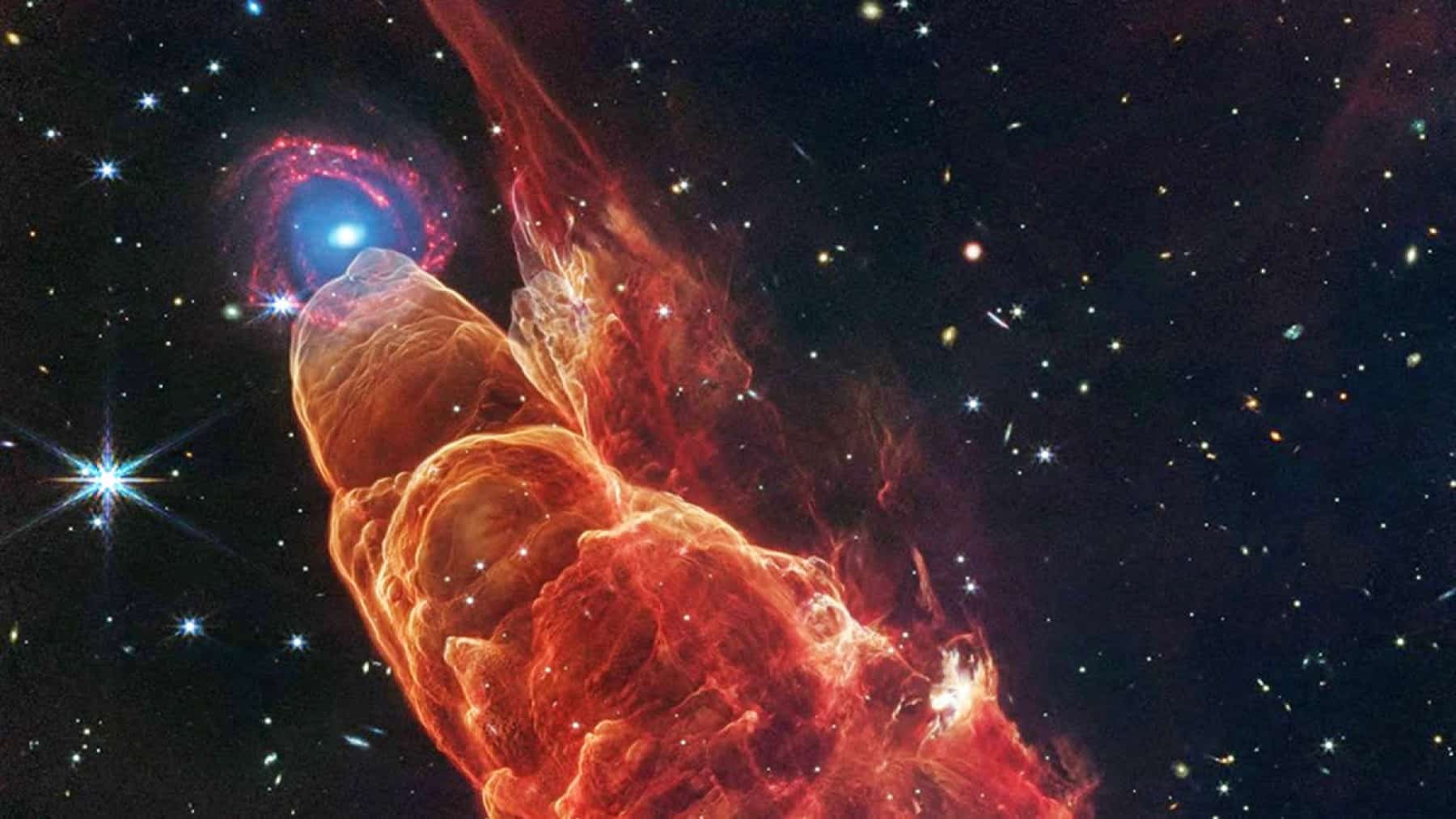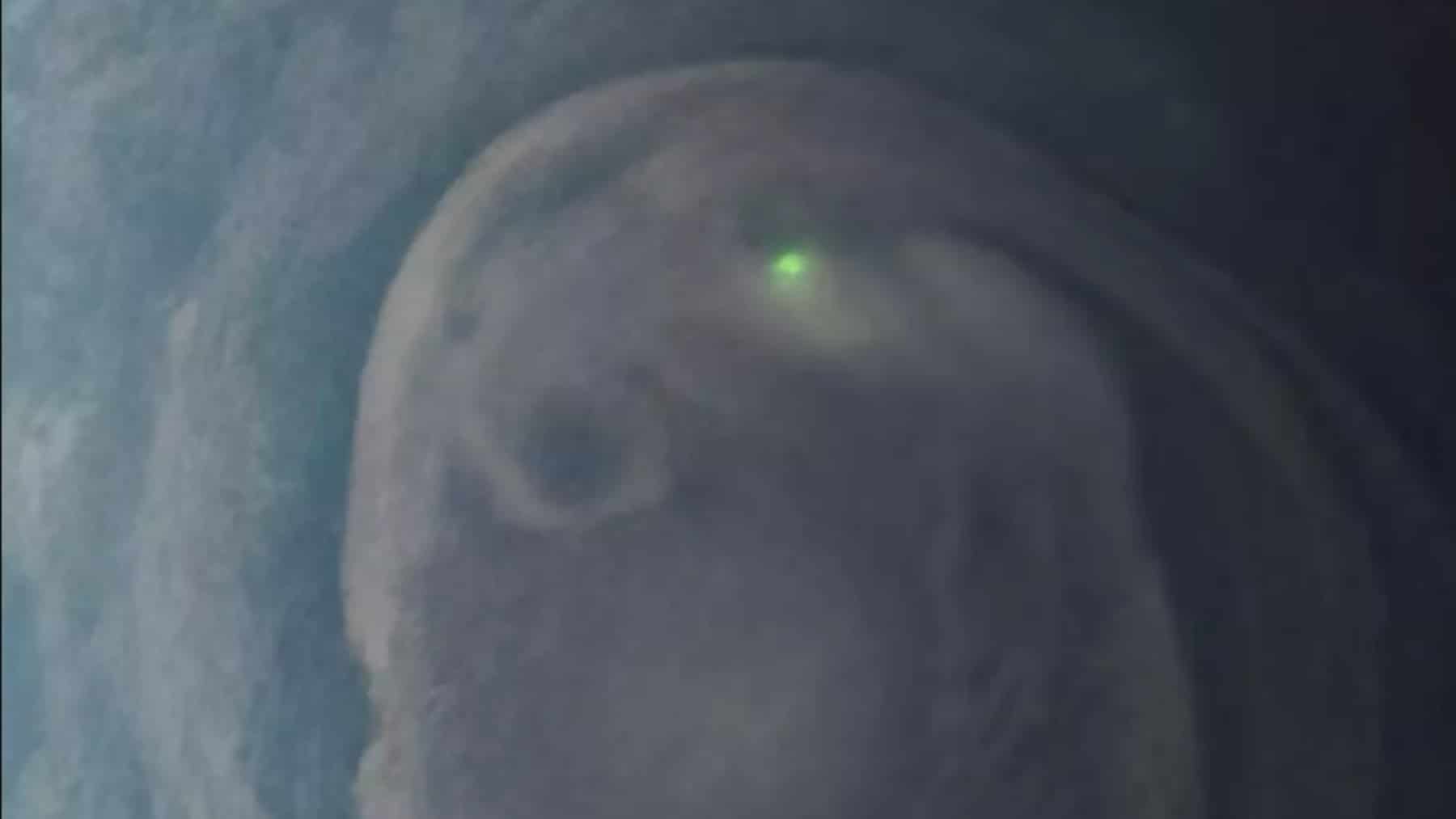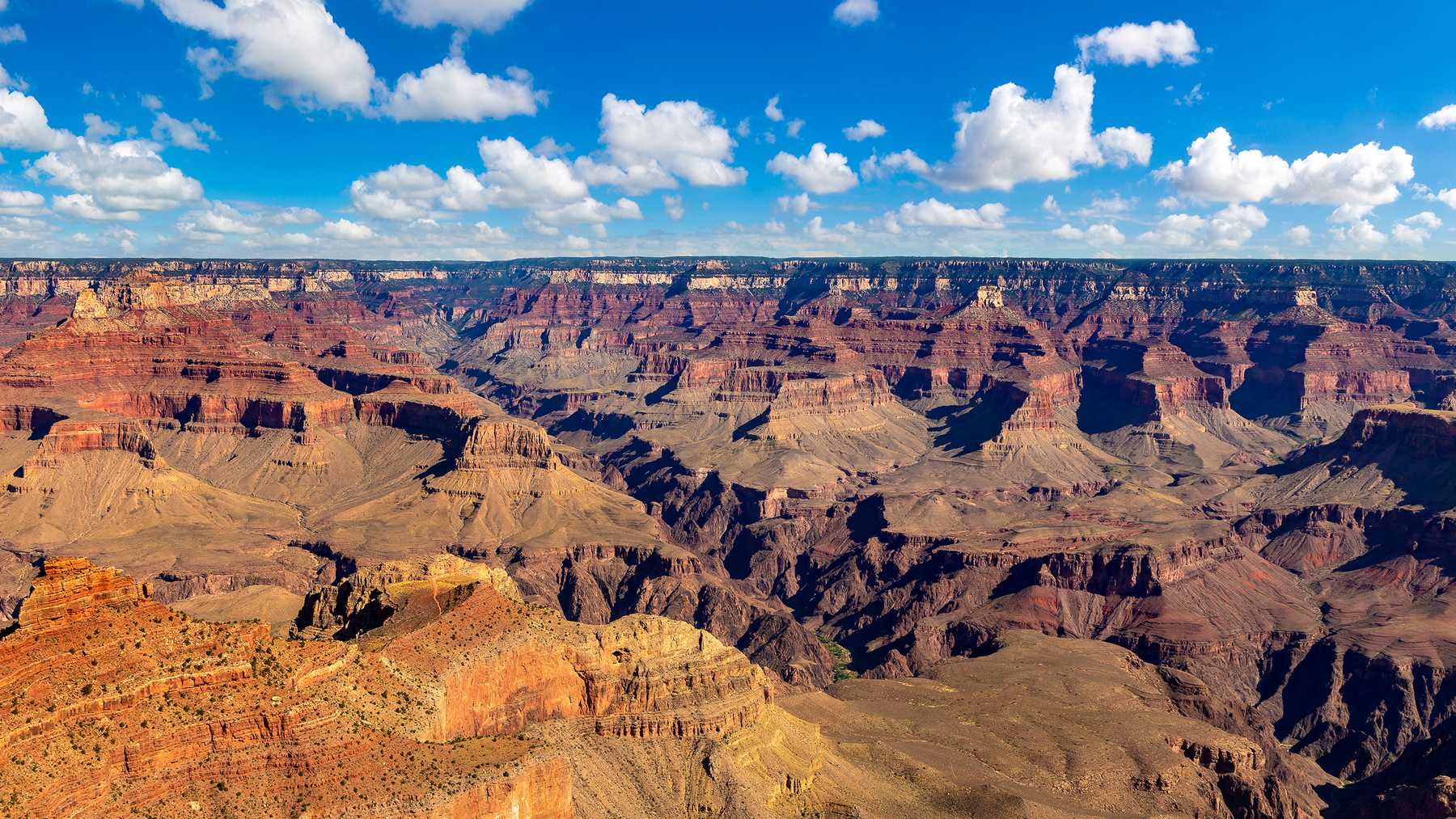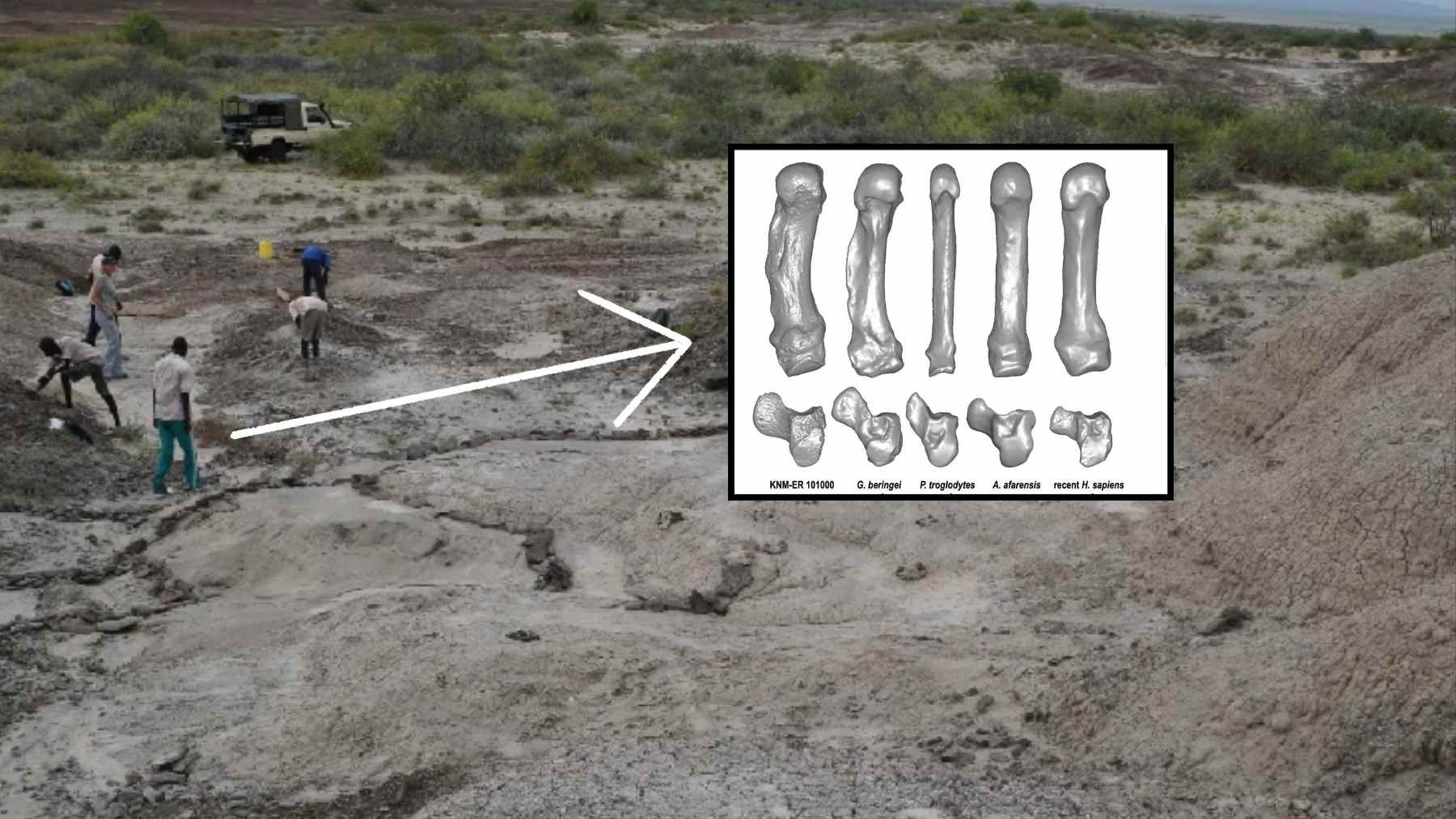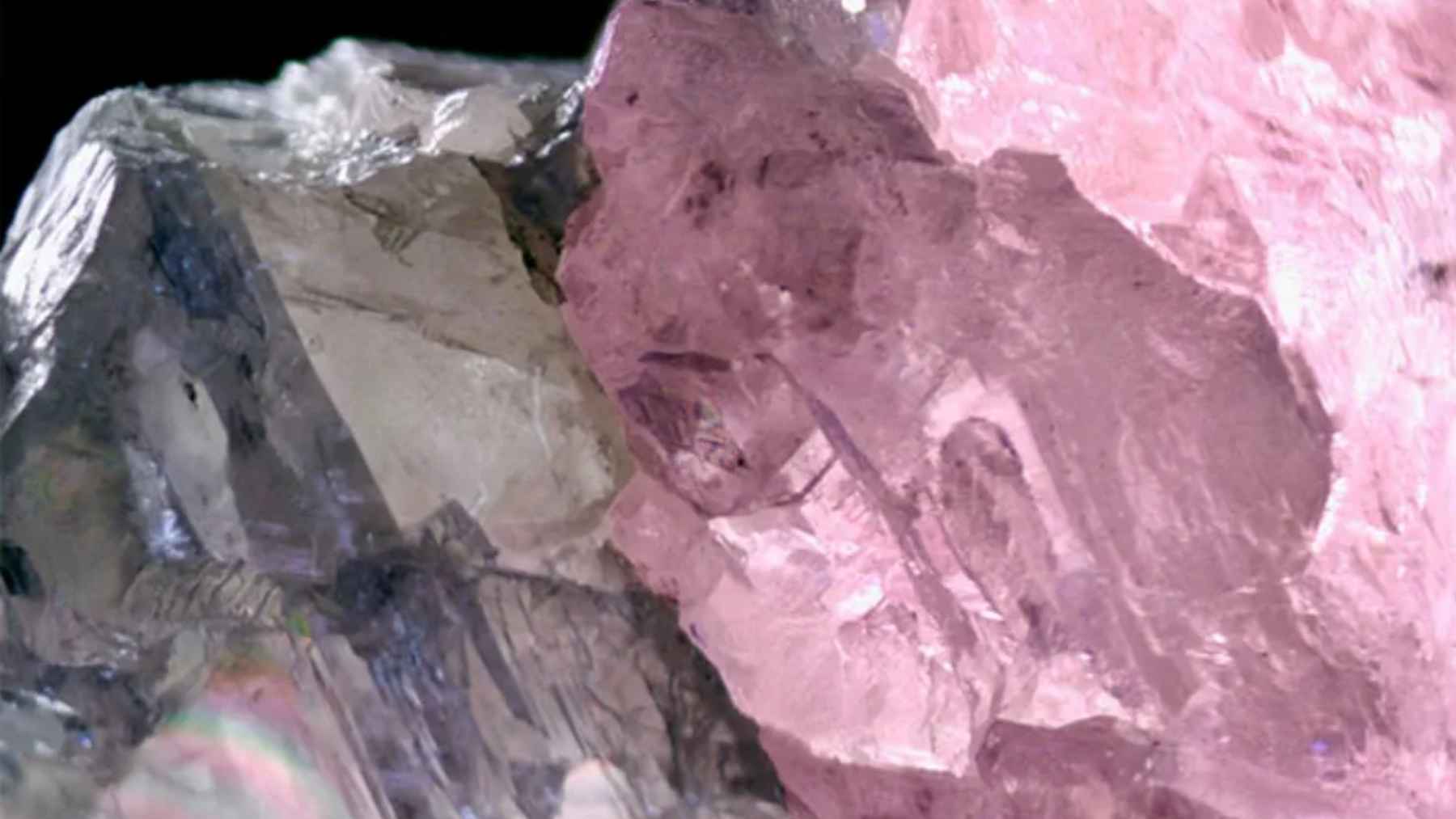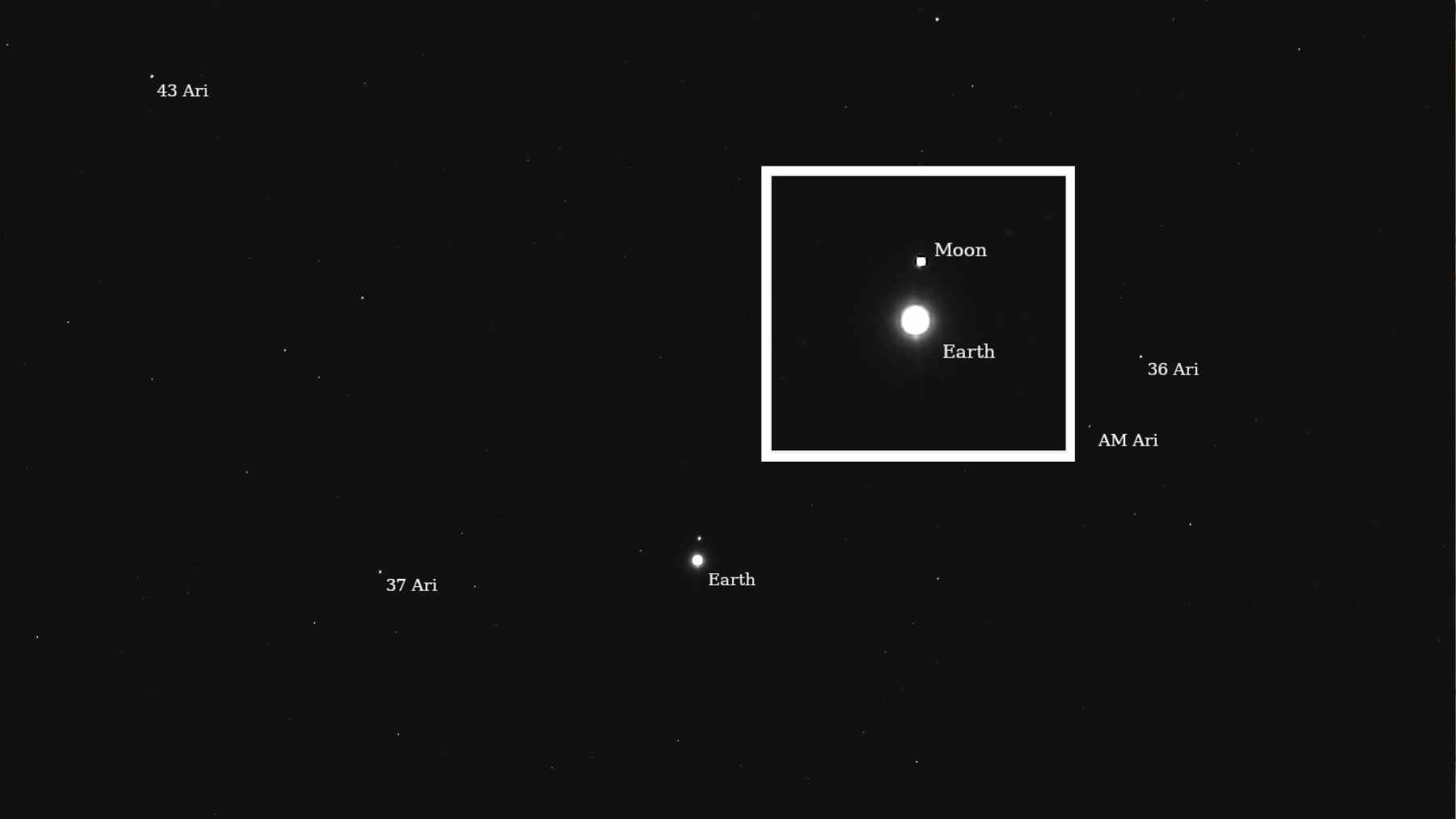Scientists have made a groundbreaking discovery by identifying unexplainable tornado-like shapes at the heart of our Milky Way. Scientists observe space tornadoes that defy all known objects as they significantly impact scientific thought. Scientists using advanced astronomical tools have managed to document the first-ever images of cosmic swirling structures. A novel space age is now starting its inaugural breakthroughs. An in-depth review follows, explaining these structures.
The tornado-like structures span distances, and scientists have confirmed bizarre findings about them.
Astronomical instrumentation accomplished the first discovery of Milky Way space tornadoes at their centre point. Scientific teams measured the enigmatic structures in detail by deploying the Atacama Large Millimeter/Submillimeter Array (ALMA) located in Chile. The tornadoes assumed the shape of wind columns extending immense distances between celestial objects.
Scientists discovered these tornadoes near Sagittarius A*, the supermassive black hole inside the Milky Way. Such tornado-like formations develop through the powerful gravitational forces and magnetic fields dominating this region. The scientific community predicts that these structures have the potential to reveal essential knowledge about galactic evolution.
The bulk of energy that powers the Milky Way’s central black hole comes potentially from space tornadoes.
The distinctive circular pattern of space tornadoes matches how tornadoes twist in Earth’s lower atmosphere. Interstellar tornadoes differ from Earth’s tornadoes because they consist of space dust and gases while maintaining dimensions of multiple light years. Several types of massive black holes and magnetic fields jointly create these tornadoes.
These space tornadoes display an exciting capability of transporting material throughout extensive ranges. Tornado motions generate an effect that directs gas and dust toward central black holes to boost their growth potentially. Galactic evolution relies heavily on this process for black holes to grow in mass, and scientists can use it to explain black hole mass accumulation.
This scientific discovery threatens to transform all current knowledge regarding the understanding of galaxies.
The scientific discovery of space tornadoes has ramifications that enhance our current understanding of galactic dynamics. These observational structures help us understand gas and dust behaviour processes in galaxy central regions. Scientists can improve their knowledge of galaxy evolution mechanisms by analysing space tornado motion patterns and chemical compositions.
Scientists now realize magnetic fields must be considered more than previously thought because of the space tornado observations near the supermassive black hole. Gravitational forces, along with magnetic fields, produce space tornadoes, which shape how interstellar material distributes and moves through space. Scientists achieved a great milestone when they detected mysterious tornado-like objects at the heart of the Milky Way.
“What’s next? Scientists intend to launch research for space tornado detection outside our galaxy.
The scientist’s discovery of space tornadoes creates new paths for study and expedition through research. A team of scientists desires to research these structures extensively to reveal their formation processes and behavioural patterns. In upcoming surveys, advanced space telescope instruments will enable scientists to increase their observations regarding space tornado characteristics and their effects on the Milky Way.
Research teams want to determine if space tornadoes occur anywhere except in the Milky Way. Scientific observation of tornado behaviour in different galactic environments enables researchers to better understand the cosmic shaping forces at work. The investigation adds to the scientific understanding of basic mechanisms at work in such processes.
Space tornadoes are entirely new cosmic bodies that deliver fresh knowledge about galactic dynamical activity at the galaxy centre. Scientists investigating these enigmatic phenomena will progressively reveal more about the intricate interactions that form the universe. Astronomers must advance their observing methods while further exploring outer space because space tornadoes demonstrate the significance of cosmic research. Studying the deeper secrets of the Milky Way allows us to enhance our vision of the cosmos and our location in it.
